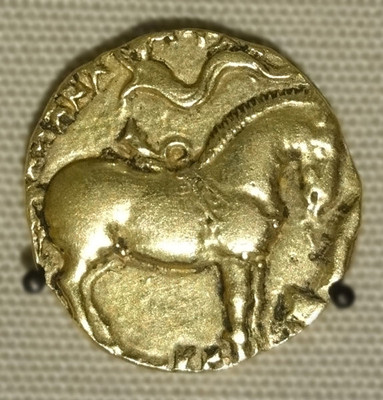Today, I'm in north-west London, in Neasden, walking into what must be one of the most startling buildings in the capital.It's the BAPS Shri Swaminarayan Mandir, the Neasden Hindu temple,and it's a vast white building, elaborately carved in India by over 1,500 craftsmen, and then shipped to England.












